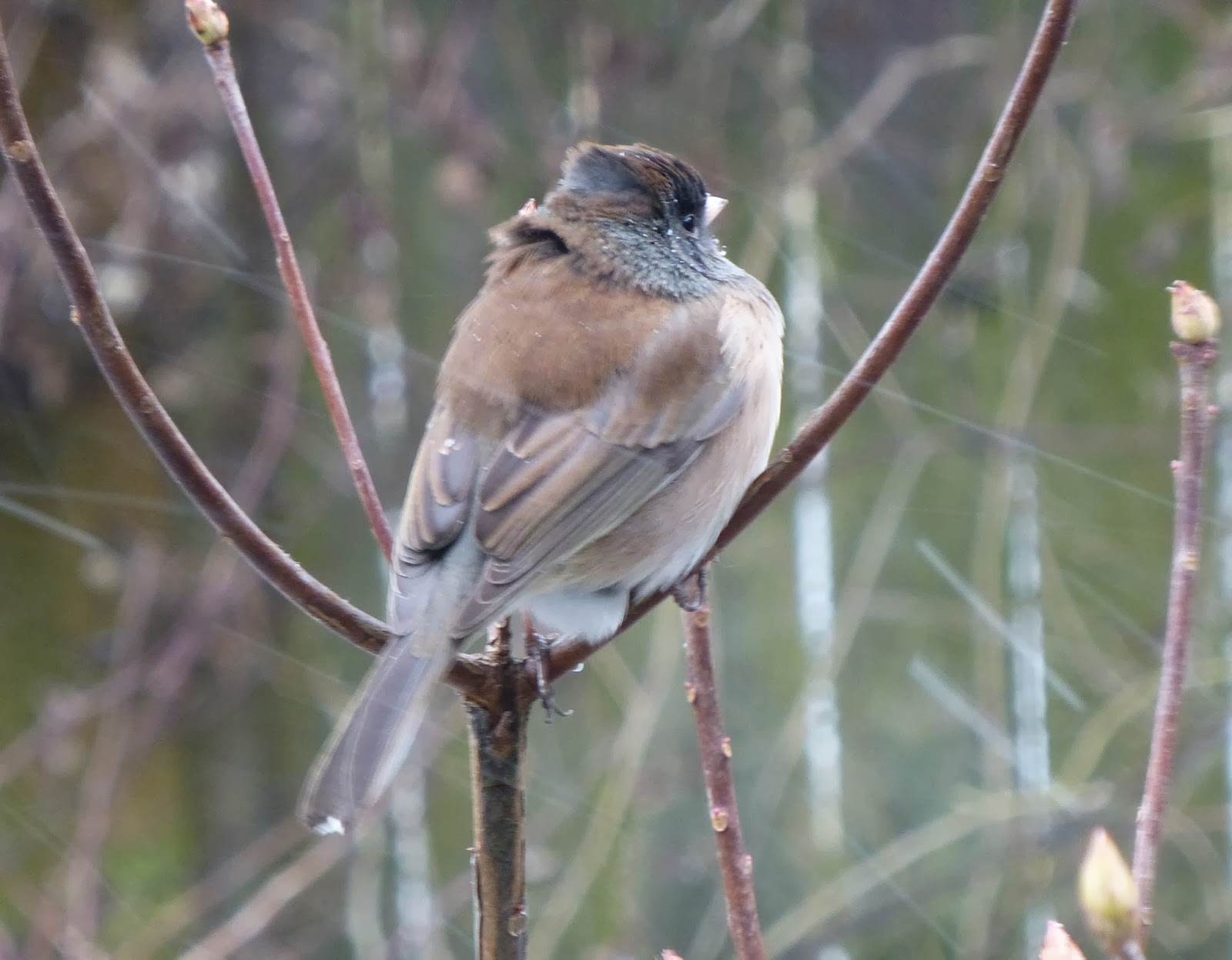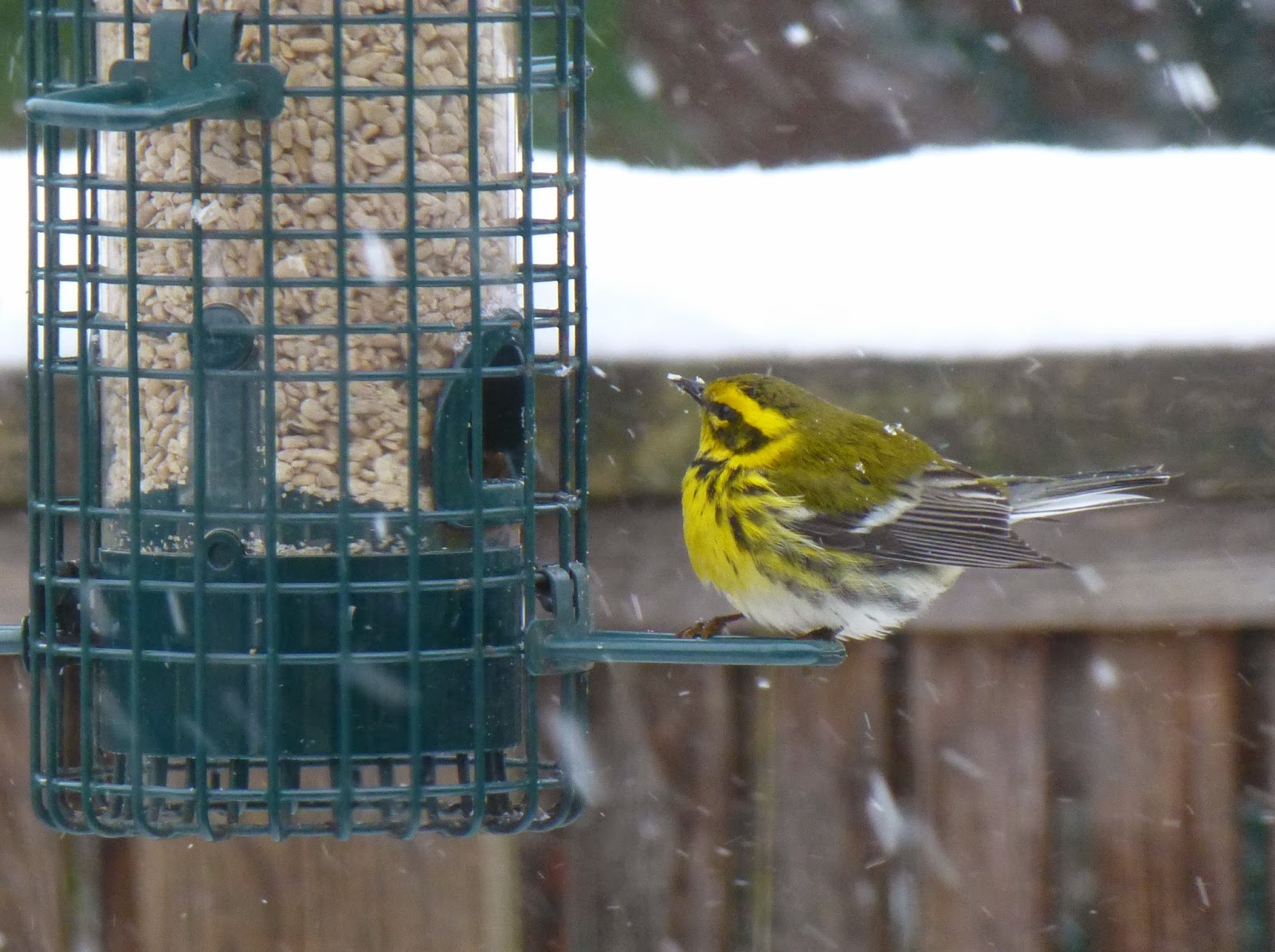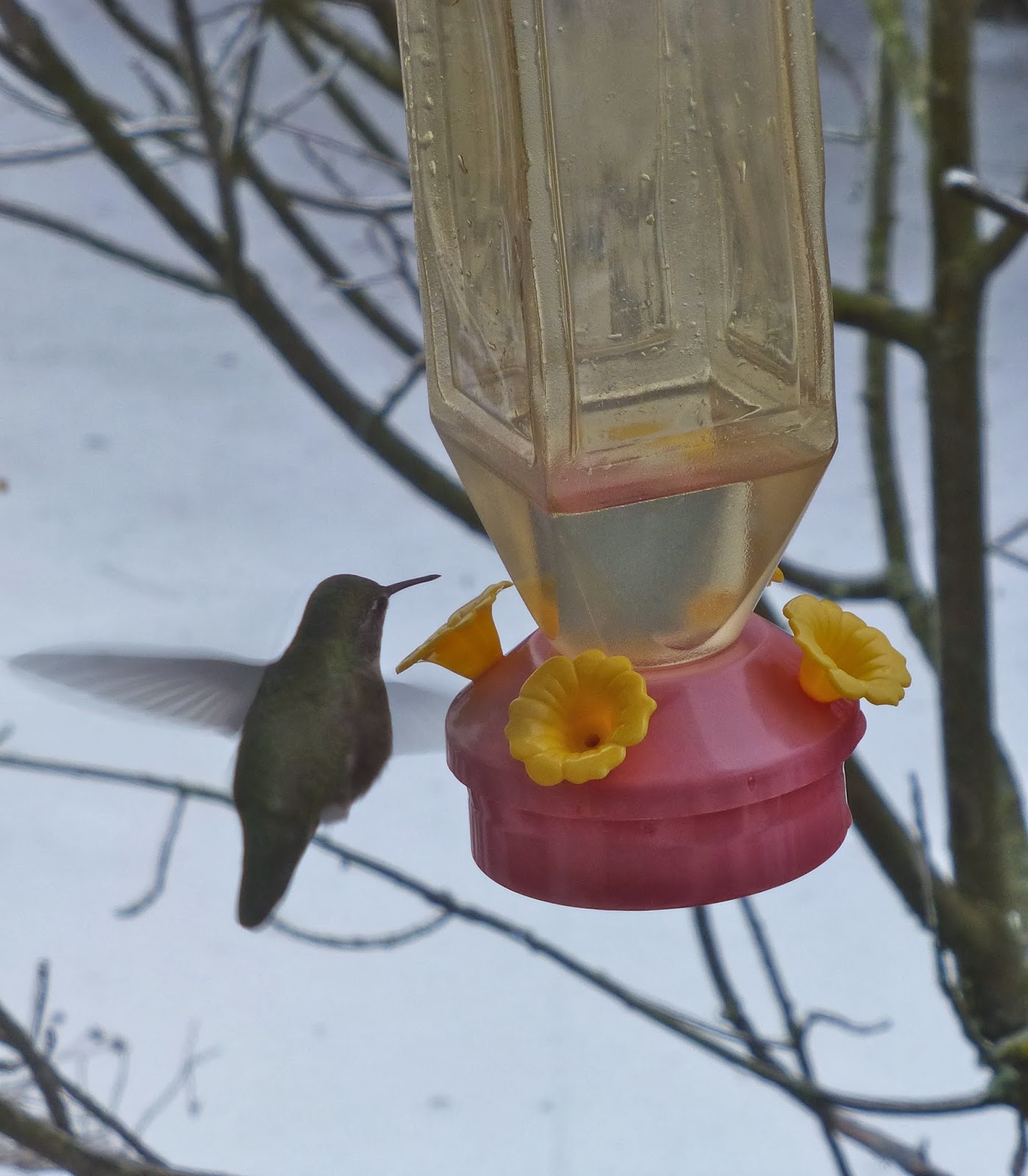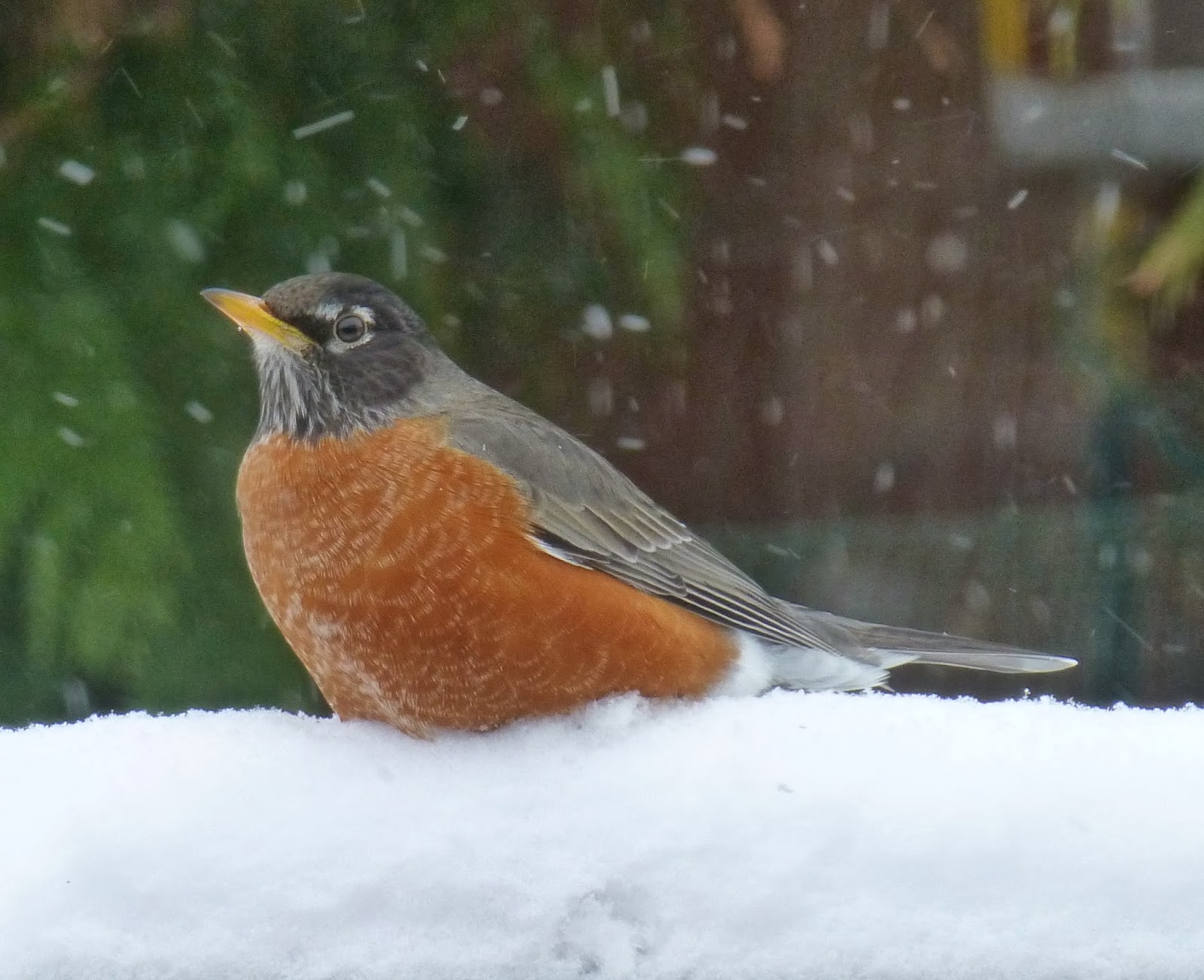It’s midnight, and the wind is pushing on the house. The house is creaking like an old man shrugging out his kinks. Every now and then something bangs or clanks or tumbles through the yard, and I run through a mental inventory of unsecured items: bucket? Garbage can? The chains of the house ghost? This is an old house, basically, with big implants. The new parts have up-to-date insulation but the old parts have had lint blown indifferently into its crevices, and it’s probably settled like Pootie’s stuffing: dense in the butt and a little thin in the chest. The room I’m in is over a hundred years old and all the windows that a burglar hasn’t come through are ripply. Glass is a slow liquid, and the panes are puddling up at the bottom. We’d do better with double-pane thermals, but I like to be able to see the passage of time.
Something is blowing in, hard. We’re easily moistened but thermally delicate here, and can go several winters without the temperature getting into the twenties, let alone lower. So there’s something exciting about this, but wind always excites me. Something’s happening. Something’s coming. Two generations ago (in my family, at least) people had ways of coping with cold. They might have preferred not to have to bring the cows to the barn through a snowdrift, but they could bundle up, and they could do it. For thousands of years people have managed to feed themselves and regulate their temperatures. Now we are bundled in layers of tasks, places we need to be and things we need to do, and extreme weather has turned into more of a calamity. We’re almost undone if we can’t drive to the store.
Wind is the movement of air molecules from a place there’s a lot of them to a place there isn’t. Warm air is just a bunch of molecules that are moving faster than cold air molecules. They’re energetic and jittery. Because they’re moving faster, they’re jostling harder. They move toward each other and away, but the away tends to win out, and that means there’s more space between them. Cold air molecules move less and have comparatively more stay-puttedness, so they don’t spread apart so much. That means a volume of warm air has fewer molecules in it than the same volume of cold air. So it weighs less, and rises. It has low pressure.
I’m almost certain I have that right.
The fun begins when you get a mass of warm air and a mass of cold air and they get close to each other. The warm air molecules are pushy, and one would expect them to shove right into the cold air molecules, which are just standing around bunched up, mostly, and that’s what can happen in a thunderstorm. But when you’re talking larger air masses, the whole planet gets into the game. Because the earth is rotating, it drags some of the atmosphere along with it. And that gets the air spinning. That means most of the air is flowing around the warm and cold air masses, making S-curves. In between is where you get your wind. If the high and low pressure systems get really close together, your garbage cans tumble through the night.
I like to be comfortable as much as the next person, but this is why the battering wind at midnight excites me, even as I snug the quilt to my neck. I know that my disappearing garbage can is at the whiplash-end of a story about the rotating earth, and the insistent tropical sun; and the garbage can and I are merely blown-about specks on the beautiful swirling marble we call home. It makes me happy to know how very important I am not. It’s thinking you’re in control of things that leads to despair.
I like things that are much bigger than me, like Dave, and weather, and the universe. Many people are comforted by the notion that someone even bigger is in charge of them, even if there’s a lot of evidence that such a being, if merciful, is slacking off. I’d rather just bang around in the wind and wonder at the rare and random privilege that is my life.




Cold outside always enhances the comfort of being warm inside. For those who are warm inside, anyway.
Those birds must be glad of their feathers.
I wonder if vultures have cold heads. Oh well, they can always bury them in…oh, never mind.
Ah, a philosophical post! Don't get many of these from you, Murr. I enjoyed it thoroughly. 🙂
I like to shake things up every now and then.
You've created "a favorite" post here. I got a little lost among the molecules, but there was more than enough compensation in "It makes me happy to know how very important I am not." And in " . . . even if there's a lot of evidence that such a being, if merciful, is slacking off." Heck, I could copy whole paragraphs here. I love old houses, too.
Thank you. Now go back and learn them molecules!
…except I THINK the warm bits are HIGH pressure, which… hmmm… a semester of metereology, down the drain..
You had a semester of meteorology? Lucky you! Get back to us on that, will you?
Murr: love the explanation of the wind and thanks for the reminder to wonder at the privilege of our lives. Awaiting another blizzard here in New England and these were perfect words for me this morning.
You folks have been hit hard this winter. I just read that the Great Lakes are nearly frozen over this year. And what's the deal with Georgia? Stay warm.
What's the deal with Georgia indeed! Last night we had a 4.1 earthquake! That was a startling surprise. And lately I've been obsessed with reading about the possibility that our "rare and random privilege" on this planet might not be here much longer. We seem determined to cause our own extinction.
I seem to need some cheer. Or wine. Or chocolate.
Loved this post!
I heard about that. Y'all aren't fracking, are you? I can only read so much. It's so depressing. I am buoyant by nature, but I'll tell you what–we're screwed. Best thing we can do for this planet is die. Too bad we'll take so many fine things with us.
I just realized that wasn't real cheerful, knittergran. I recommend the wine.
What a beautiful post. Who knew you were such a poet?
Thank you.
I love the wind at night. A heads up from nature that she can't be controlled. Sort of puts in our place.
In the arctic at night – the wind would blow – trees would crack and fall – we would snuggle under our blankets and listen to the song of nature.
the Ol'Buzzard
Love it. We do have a mountain cabin that I don't particularly want to be in when it's really windy. A tree is going to take that place out sooner or later and I'd rather not be there.
I love the wind, too. Somehow, it just makes me feel alive. But only a certain amount: more than a day's worth and my nerves start to shriek at me along with the wind.
I like this post very much. You've managed to express – so well, as usual – what I feel about the mind-blowingness of being a speck in the universe.
I think I've heard that the Santa Ana winds make people nuts. I can believe it. I've experienced some of those huge-wind events that last for several days and it's pretty nice when they stop.
I thought the oozing panes of glass myth was busted?
Well crap! I just looked it up and you're right. I actually like finding out that something I thought I knew is wrong (because I'm not a fundamentalist). I don't PARTICULARLY like having my wrong stuff all flung out in black and white on the internet–but I'll leave it be!
What a gorgeous expression of the rare and random wonder that you are. Thanks.
I'm about as random as they get.
You are a rare and random wonder…like a geode,flashy brilliance inside a common shell.
And a little cracked.
Those old panes of glass were ripply because of the way they were made. Usta be, they would blow a big old balloon of glass, then cut it open and roll it flat while it was still malleable. Now, I think they pour it out in plates.
Yeah. Now I'm wondering how much else I know that is wrong.
Well, I still think of glass as slow liquid, and probably always will, because I'm set in my ways. I really love this one Murrbaby.
Oh goody, you too? I feel better now.
I'm pretty sure 'slow liquid' is a quantum description of a solid. Besides, that line didn't need to be factually accurate to set a tone of deep, evolving change. It served as a transition to the urgent wind blowing outside. Loved this one, Murr.
Thanks for that. I do hate getting things wrong, though. If I read a book and someone's got a flower somewhere it doesn't belong, I get all snagged up.
I know exactly what you mean. Threw a book across the room once because they were eating potatoes in it in King Arthur's time in Cornwall.
yes, the force that can annihilate you graces you with perspective.
Perspective is one of my favorite themes, and in my opinion, it is something most members of our species lack. Or maybe that's a modern thing.
What a beautiful description of what surrounds us. Thank you, Cousin Murr.
Aww. Cousin.
Wind makes it sound like a tornado in my backyard because of all the fir trees. They keep throwing their pine cones at the house, windows and roof. It also plays games with my health.
Sorry about that. As I'm typing this, there's a regular typhoon going on out there.
Sorry Rose, but I believe that those are Fir Cones, as Pine Cones would come from Pine Trees. Isn't that so? Just as Oaks have Acorns and not Maple Seeds. ♥ ♫ ♥
NPR and Will Shortz have each made the same mistake recently. It seems that many people think that any ol' tree cone is a pine cone. ☼
As long as you can still tap beer from the Tree of Happiness, I'm good.
This whole post made me happy and I don't really know why. Maybe because you like wind as much as I do, although I hate the destruction it can bring. Windy days just send the spirit soaring. I love the sound of your 100 year old house.
You know, one room of it is from 1906. Then more got patched on in 1915 and 1926 and 1997. But some of these winds will creak all of it.
Living on a hill beside a lake surrounded by tons of trees I get some good windy nights here. Usually its of the happy-making sort: oh good, I'm in here under the duvet and it's out there doing its gusty thing. But we had a very rare tornado go across the lake once (we are getting them more in Ontario lately), taking out a swathe right through the village, destroying the marina, a lot of trees, lifting the roof off of the grocery store, and leaving many without power for days. The moan it made was the most terrifying sound, like a deep primal roar from some ancient and extremely pissed off god. Just a little reminder of what things could get like if we keep messing around with this beautiful "marble".
We're in for it, all right. I'm just happy to see a big bunch of rain coming down this week. We've had almost none all winter. In western Oregon! It ain't right.
Fantastic pictures Murr! Indigo x
Even the robin looks cool. Hey, you're drowning over there, aren't you? Is ANYONE having a normal winter? Is there a normal winter anymore?
Your second sentence describes me in the morning. The molecules also get moved around because of the Coriolis effect (had to dust off the other brain cell to come up with that). Nice bird pics. I can never get them to hold still long enough.
That's what the Coriolis effect is. Either that or it's the impact on the economy of cheap Japanese cars.
If someone bigger really is in charge of us, we're being smacked for being bad. Droughts, floods, earthquakes, typhoons, snowmageddons – looks like we're being sent to our room.
Random banging about in the wind actually sounds safer than being "watched over."
Well, that's how it feels to me. Definitely not a universal opinion!